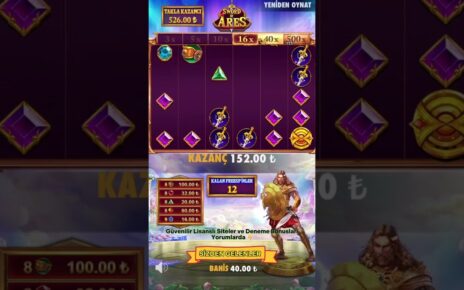Understanding the 12 vs. 5 Decision in Blackjack: Is It a Hit?
Blackjack, one of the most popular casino games, is a mix of strategy, skill, and a bit of luck. For players looking to improve their game, understanding when to hit, stand, double down, or split is crucial. One common scenario that often puzzles both new and seasoned players is the decision of whether to hit or stand when faced with a 12 against the dealer’s 5. Let’s explore the strategic reasoning behind this decision and why many players choose to hit in this situation.
The Situation: 12 vs. 5
Imagine you’re seated at a blackjack table, and your hand totals 12. The dealer reveals a 5. At first glance, it might seem like a risky position; however, understanding the dealer’s upcard is key to making the best decision.
The Dealer’s 5: A Weak Card
In blackjack, the value of the dealer’s upcard significantly influences your strategy. A dealer showing a 5 is in a relatively weak position. Dealers must hit until they reach a total of 17 or higher. If the dealer has a 5, they are more likely to bust (go over 21) because if they draw a face card or a 10, they’ll have to hit again.
The Strategy: Hit or Stand?
-
Hit:
- When holding a total of 12 against a dealer’s 5, the correct play according to basic blackjack strategy is to hit. The reasoning is straightforward: your hand is weak, and you have a decent chance of improving it.
- If you draw a 2, 3, or 4, you’ll improve your hand to a total of 14, 15, or 16, respectively. While these totals are still not winning hands, the more options you have, the better your chances of eventually reaching a strong hand or forcing the dealer to bust.
- Stand:
- Some players may consider standing, but this is generally not advisable against a weak dealer’s upcard. With 12, you are not in a strong enough position to justify standing, as the risk of the dealer improving their hand is higher.
The Risk Factor
Hitting a 12 can feel risky—after all, any 10-value card (10, Jack, Queen, King) will cause you to bust. However, statistically, the benefits of hitting in this scenario outweigh the risks. Here’s why:
- Dealer Bust Potential: The dealer’s chance of busting when showing a 5 is relatively high. If you take the risk and hit, you might not end up with a winning hand, but you could still have the opportunity to push your total closer to 21 or make the dealer bust.
Conclusion
In blackjack, the decision to hit on a 12 against a dealer’s 5 is guided by basic strategy principles that favor a more aggressive approach. While it might seem intimidating to hit in this scenario, it is often the most strategic option available to a player. Understanding the dynamics of dealer upcards and the probabilities behind them can lead to more informed decisions at the blackjack table, ultimately enhancing your overall gaming experience.
Remember, every hand in blackjack is a learning opportunity. So, the next time you find yourself with a 12 against a dealer’s 5, go ahead and hit—make your move, and let the cards fall where they may! Happy gaming!

